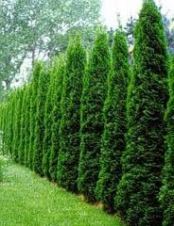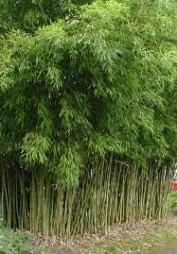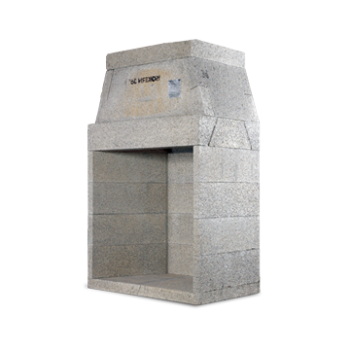At the Fourth Annual Historic Seattle Preservation Awards Ceremony, held at the Good Shepherd Center in Seattle’s Wallingford neighborhood on May 15, 2012, The Friends of Seattle’s Olmsted Parks (FSOP) received the Community Advocacy Award for the Volunteer Park Landmark Designation. One of eight awards given by Historic Seattle in 2012, the Community Advocacy Award commemorates FSOP’s hard work first to prepare the Landmark Nomination document for Volunteer Park and then to lead it through the review and approval process by Seattle’s Board of Landmark Preservation.
The Landmark Board applauded our presentation of the nomination in September, 2011, voting unanimously to approve the nomination and later to designate Volunteer Park as a Seattle landmark. As a board member and then president of FSOP from 2008-2011, I led a 5-year long committee effort to research and write the nomination and submit it to the Landmark board. The other three committee members contributing to the nomination are past FSOP treasurer and chief author Charlie Sundberg; past FSOP vice president and co-author Sue Nicol; and current president and editor Jennifer Ott, who graciously received the award on behalf of FSOP at the May 15 ceremony.
In a beautifully produced booklet for the awards ceremony, Historic Seattle wrote: “The Community Advocacy Award goes to the Friends of Seattle’s Olmsted Parks (FSOP) for the arduous work involved in preparing a complex and successful landmark nomination application for Volunteer Park. The organization’s documentation of this complicated and highly significant cultural landscape serves to insure the preservation of Volunteer Park and fosters the on-going recognition of our unique citywide Olmsted legacy. Realizing that Volunteer Park was the most comprehensively designed and faithfully preserved component within the citywide Olmsted-designed plan for the Seattle Park system, FSOP board members prepared…an impressive 110-page document that provides a thorough description of the park’s landscape features and elements as a whole, as well as specifically documents various component buildigns, structures, monuments and water features and small-scale design elements. It includes in-depth contextual information regarding the national, local and neighborhood significance of the Seattle work of the Olmsted firm and the history and evolution of the park itself.”

















